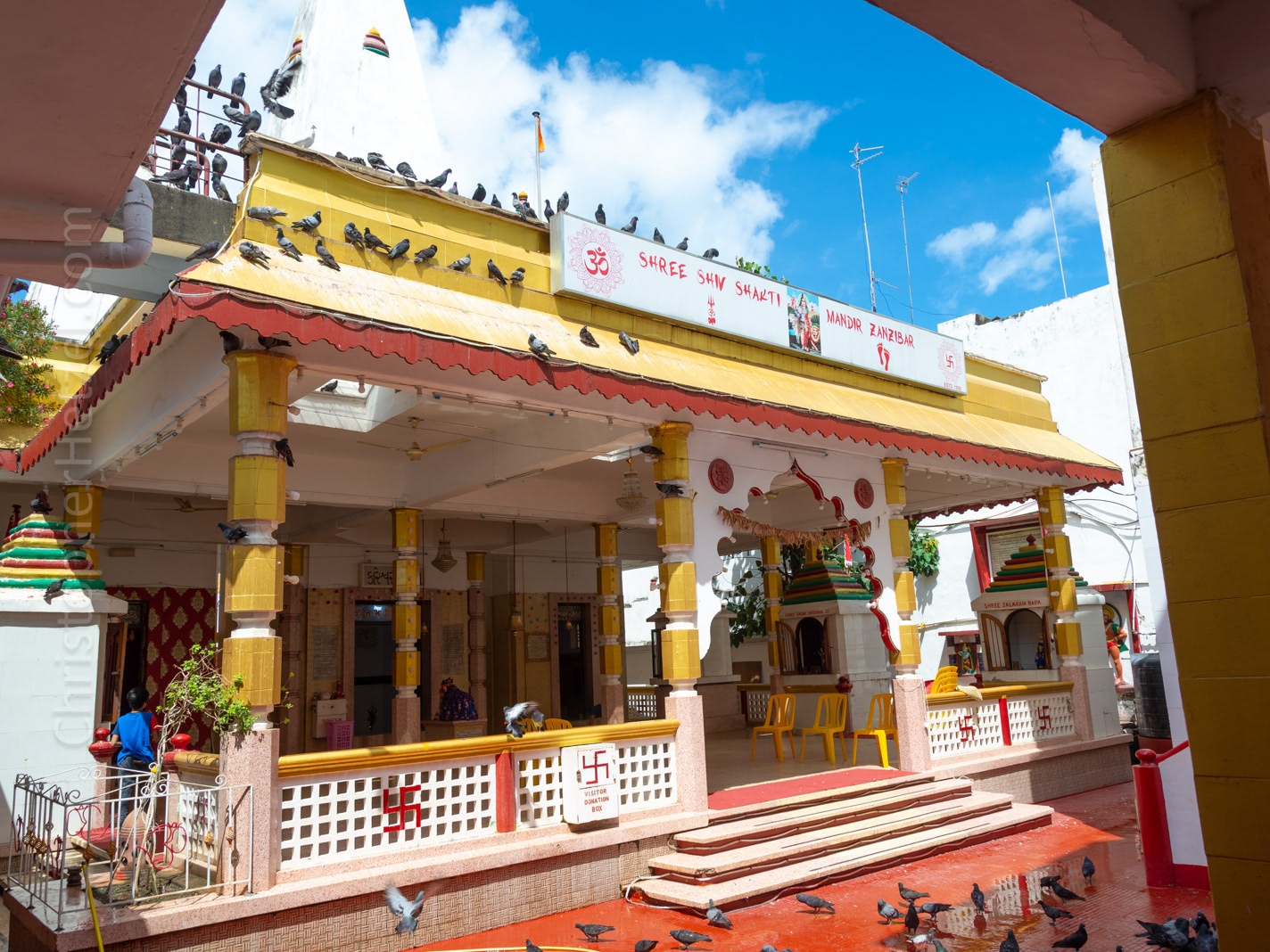One of the "must-do" activities when traveling to Zanzibar, Tanzania, is to visit historic Stone Town and its many attractions. And one of the most popular attractions in Stone Town is simply to explore its maze of historic streets and alleys. One could spend days and days doing this, with it never getting old. Jennifer and I stayed in Stone Town for two full days, which was just enough time to take it all in. Presented here is a selection of images from our wanderings, with specific focus on the old city's streets.
Stone Town (مدينة زنجبار الحجرية), also known as MJi Mkongwe in Swahili, is a designated UNESCO World Heritage Site. The World Heritage Site comprises the old part of Zanzibar City, which is the main city of Zanzibar in Tanzania. Zanzibar is an semi-autonomous province, consisting of an archipelago of islands on the coast of East Africa, which united with the mainland Republic of Tanganyika in 1964 to form the United Republic of Tanzania.
Historically, Stone Town is recognized as an outstanding example of a Swahili trading town that was central to intense seaborne trading activity for centuries, between Asia and Africa and with trade networks stretching as far away as Europe and China. Stone Town was also one of the main slave-trading ports in East Africa, and later figured importantly in its suppression and abolishment. Several notable sites today mark the passage of this history, including Christ Church Anglican Cathedral, built on the site of the last (and largest) slave market in East Africa.
Zanzibar was colonized by the Portuguese in the 1500s, remaining a possession of the Portuguese empire for two centuries. It then came under the influence of the Sultanate of Oman in 1698, which eventually controlled a substantial portion of the Swahili coast known as Zanj. In 1861, Zanzibar separated from the Oman Sultanate and became a protectorate of the British Empire. In 1963, it gained independence as the Republic of Zanzibar and Pemba during a tumultuous revolution, and soon thereafter joined the Republic of Tanganika to form what is now Tanzania.
Stone Town's historic urban fabric is highly intact and contains buildings and structures that reflect its particular culture, which is a fusion of African, Arab, Indian, and European influences.
Its buildings were constructed by enslaved peoples, principally from coralline ragstone (i.e., coral stone) and mangrove timber, set in a thick lime mortar and then plastered and lime-washed. What is seen today primarily dates to the 18th and 19th centuries. Consequently, the heart of Stone Town mostly consists of a warren of narrow streets and alleys too narrow for cars. These are lined by multi-story houses, typically built with long narrow rooms, sometimes with interior courtyards, and often with narrow ground floor shops in the manner of Indian bazaars. Among the best-known features of Zanzibari houses are their finely decorated wooden doors, with rich carvings and bas-reliefs, sometimes with big brass studs of Indian tradition (more on this later...).
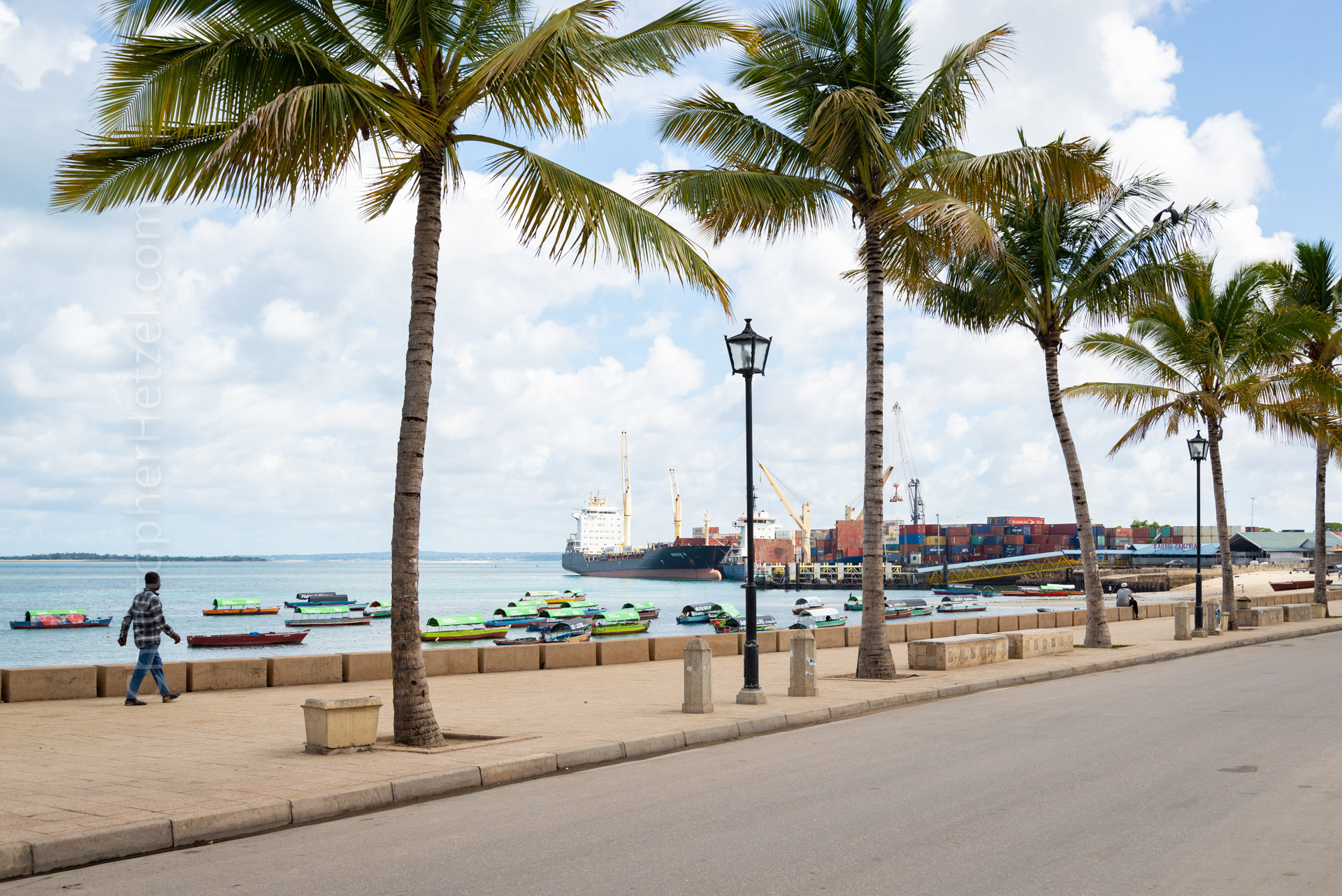


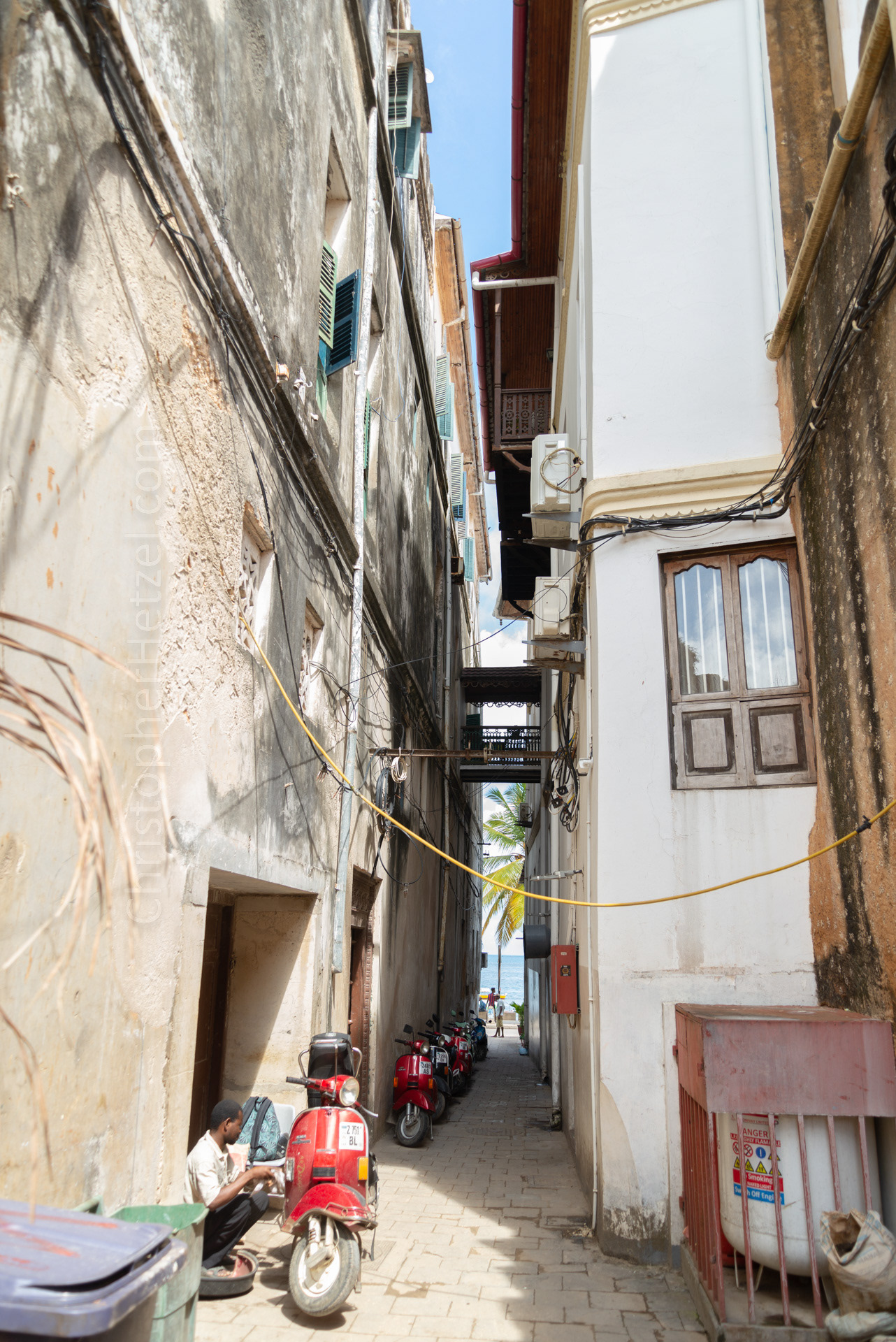










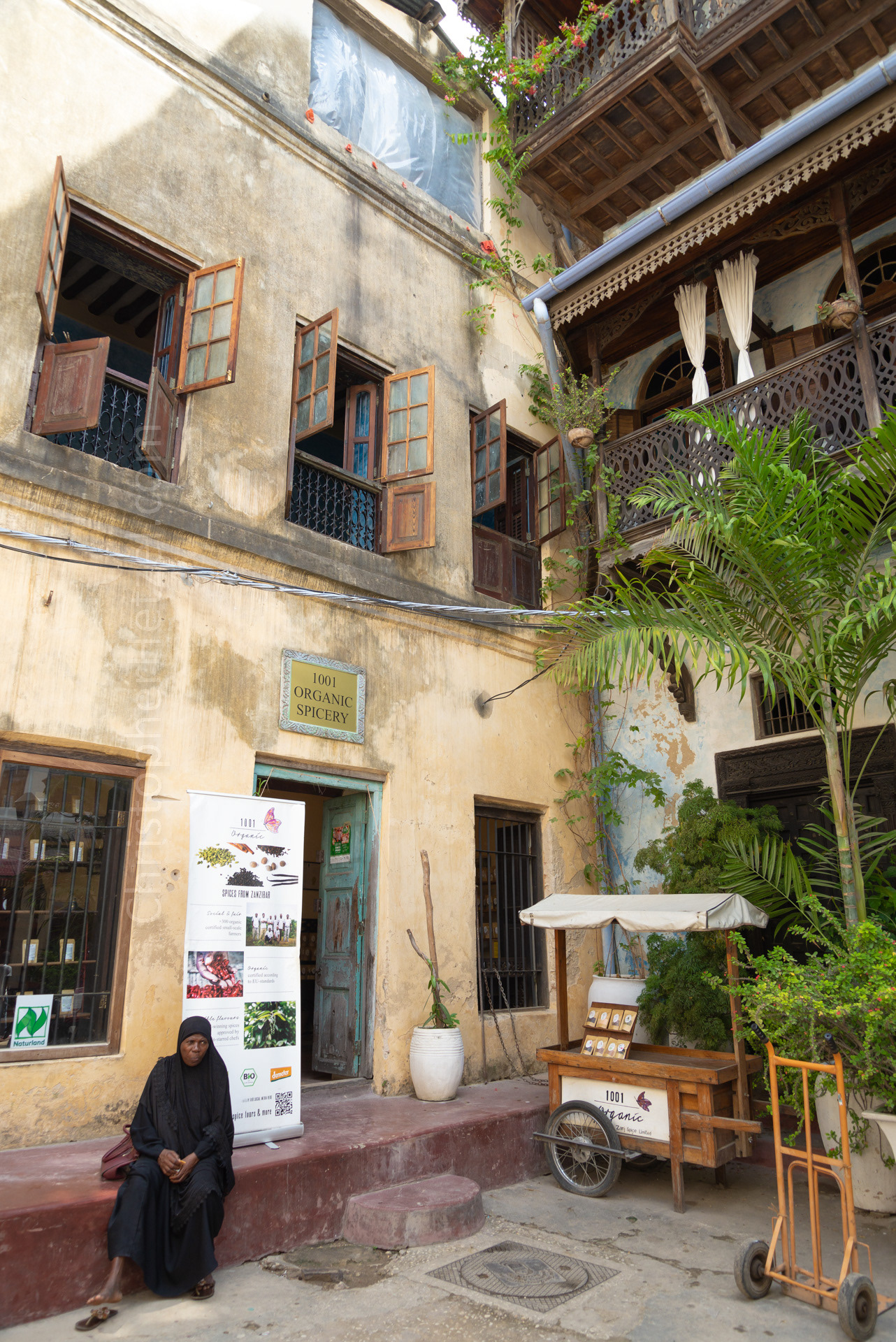

Entering the north side of the Stone Town Market.

The Stone Town Market

Stone Town Market, looking at fruit from Baobab trees.

Photo by Jennifer

Stone Town Market

Stone Town Market


Men selling cell phones outside the Stone Town Market.






View of Jaws Corner

Jaws Corner

View of Jaws Corner



St. Joseph's Cathedral


An example of the electrical power lines that run throughout Stone Town.





Kenyatta Road, one of the only roads through Stone Town that can accommodate vehicles.


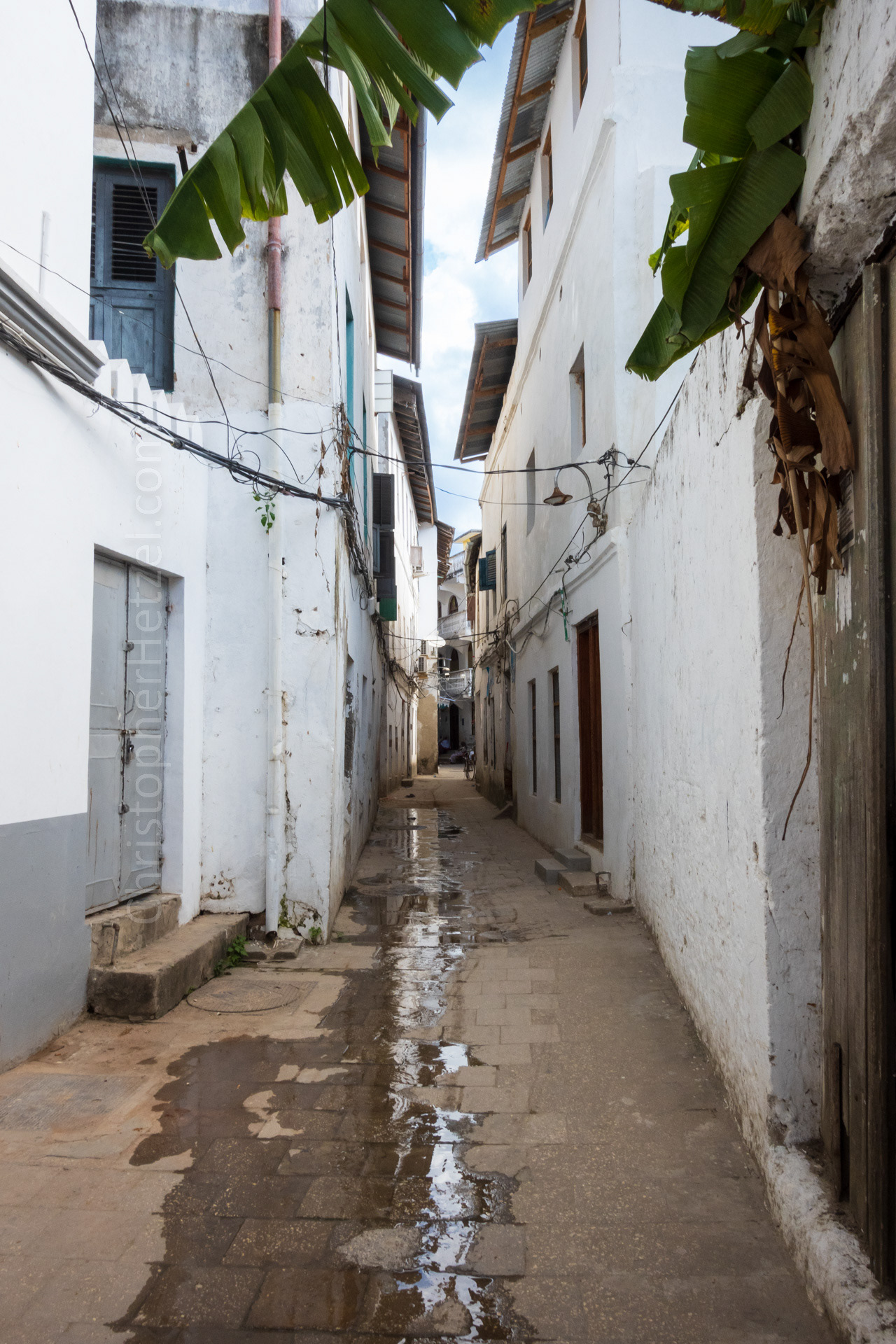

Ithna'asheri Mosque (Shia), from the 19th century



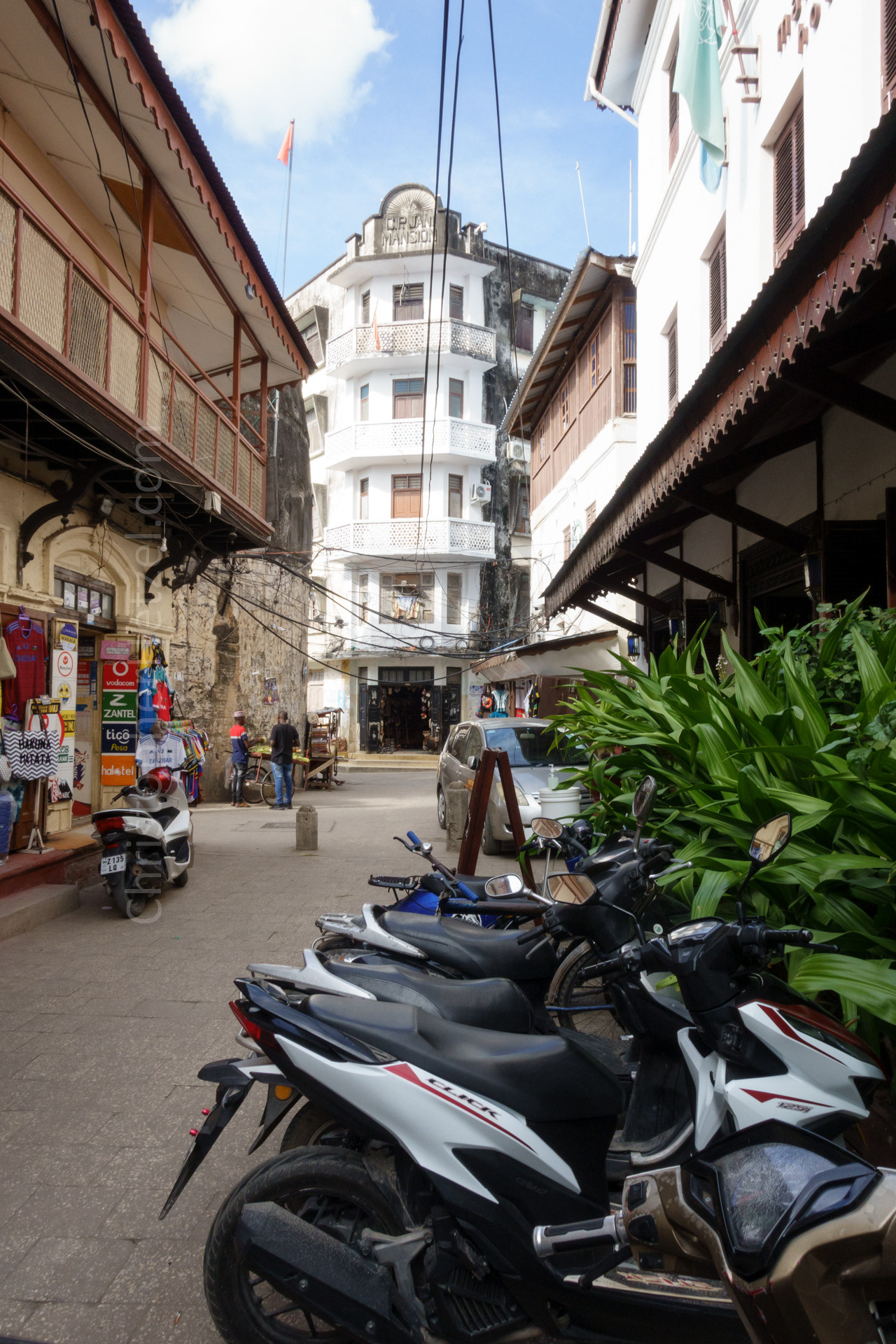
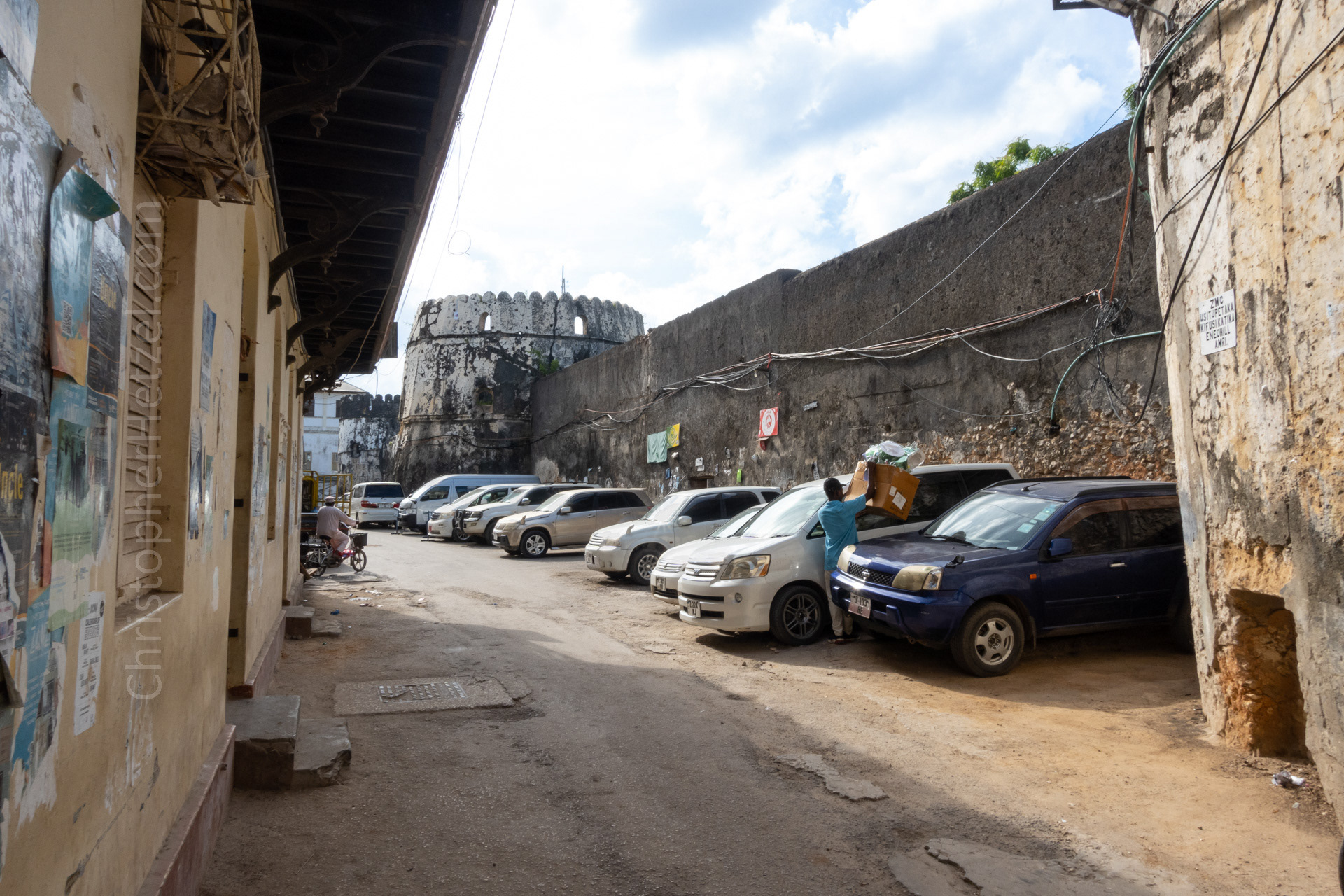
North side of the Old Fort
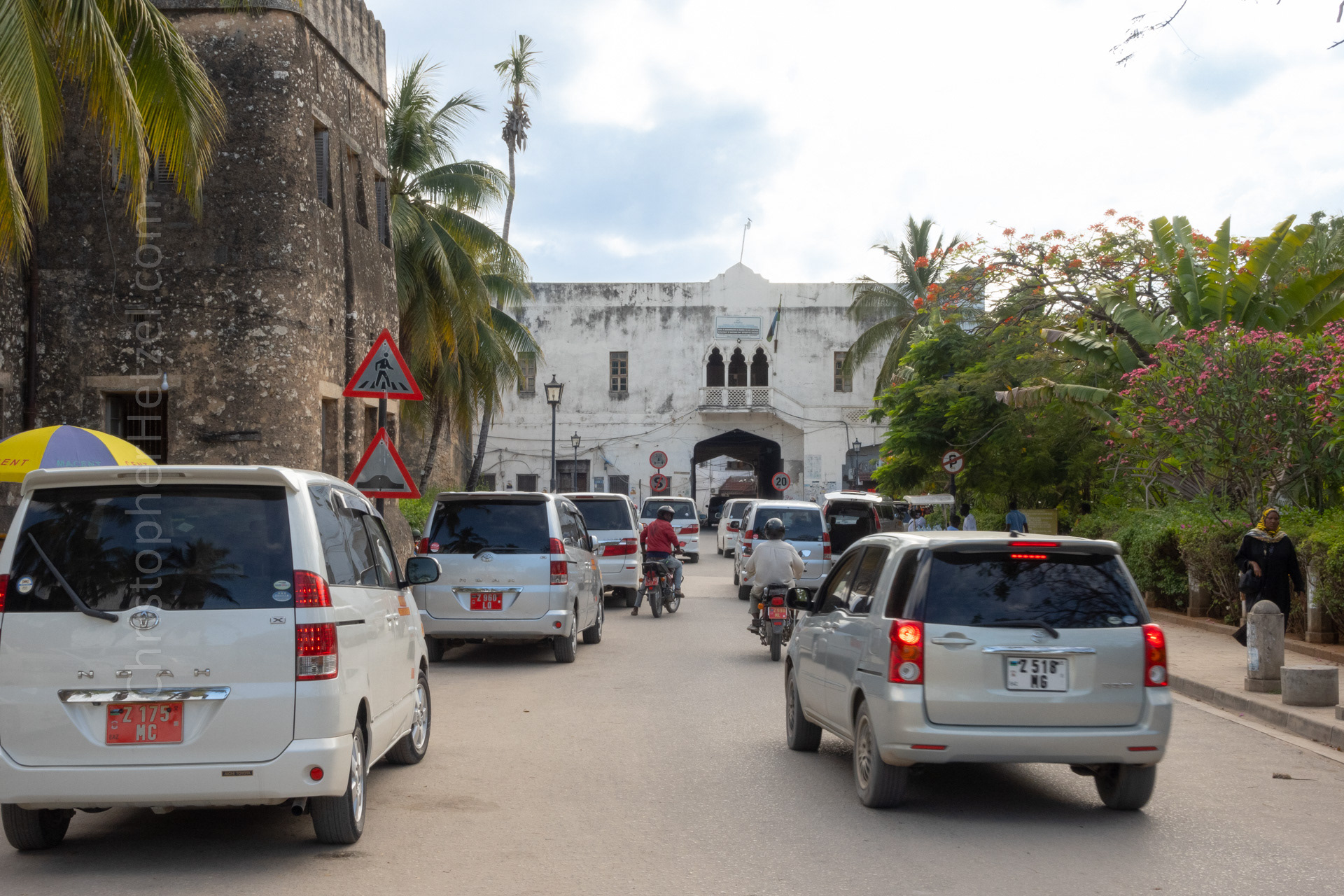
Mizingani Road in front of the Old Fort
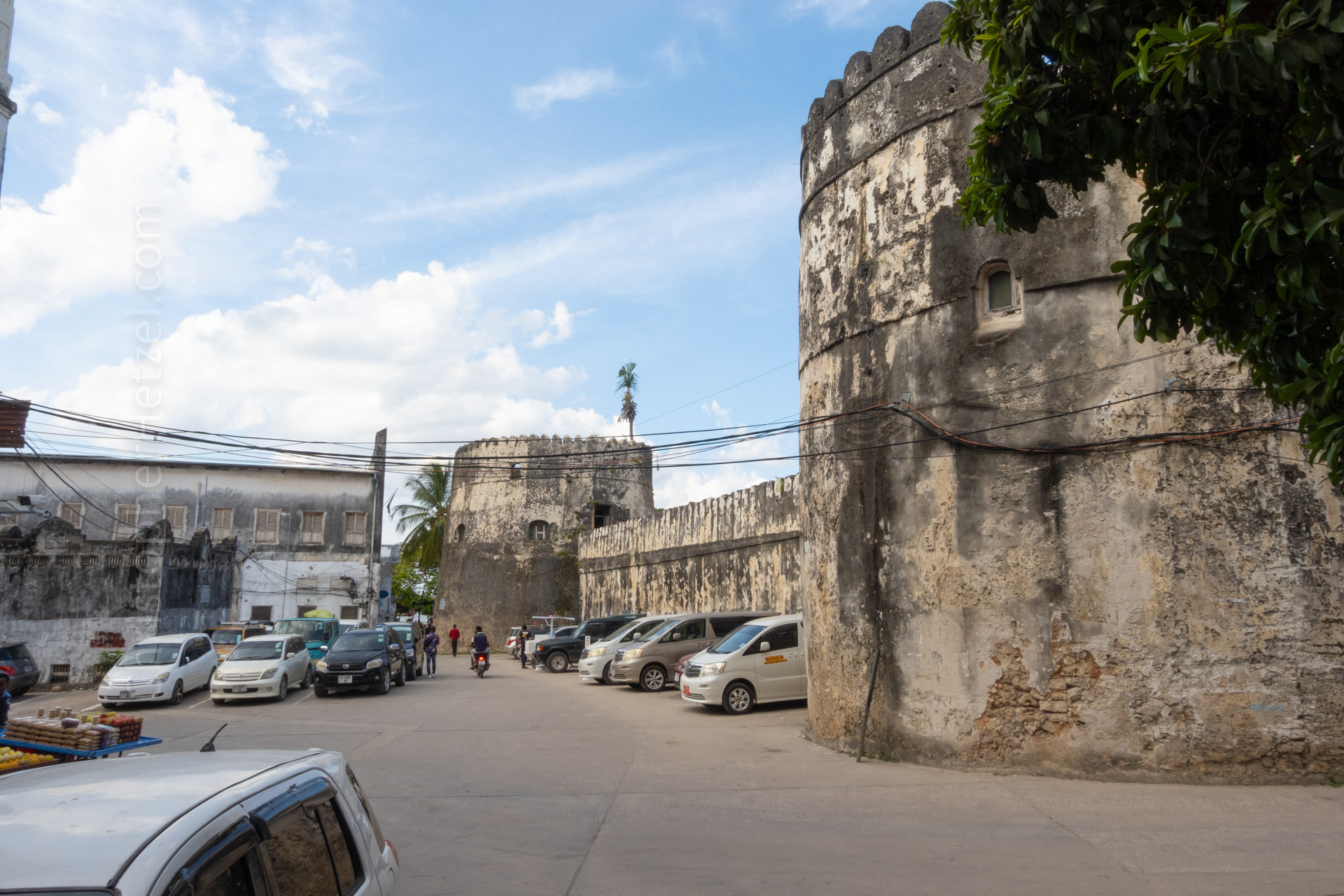
West side of the Old Fort


Old Portuguese Arch

Public Courthouse
Back to Zanzibar

